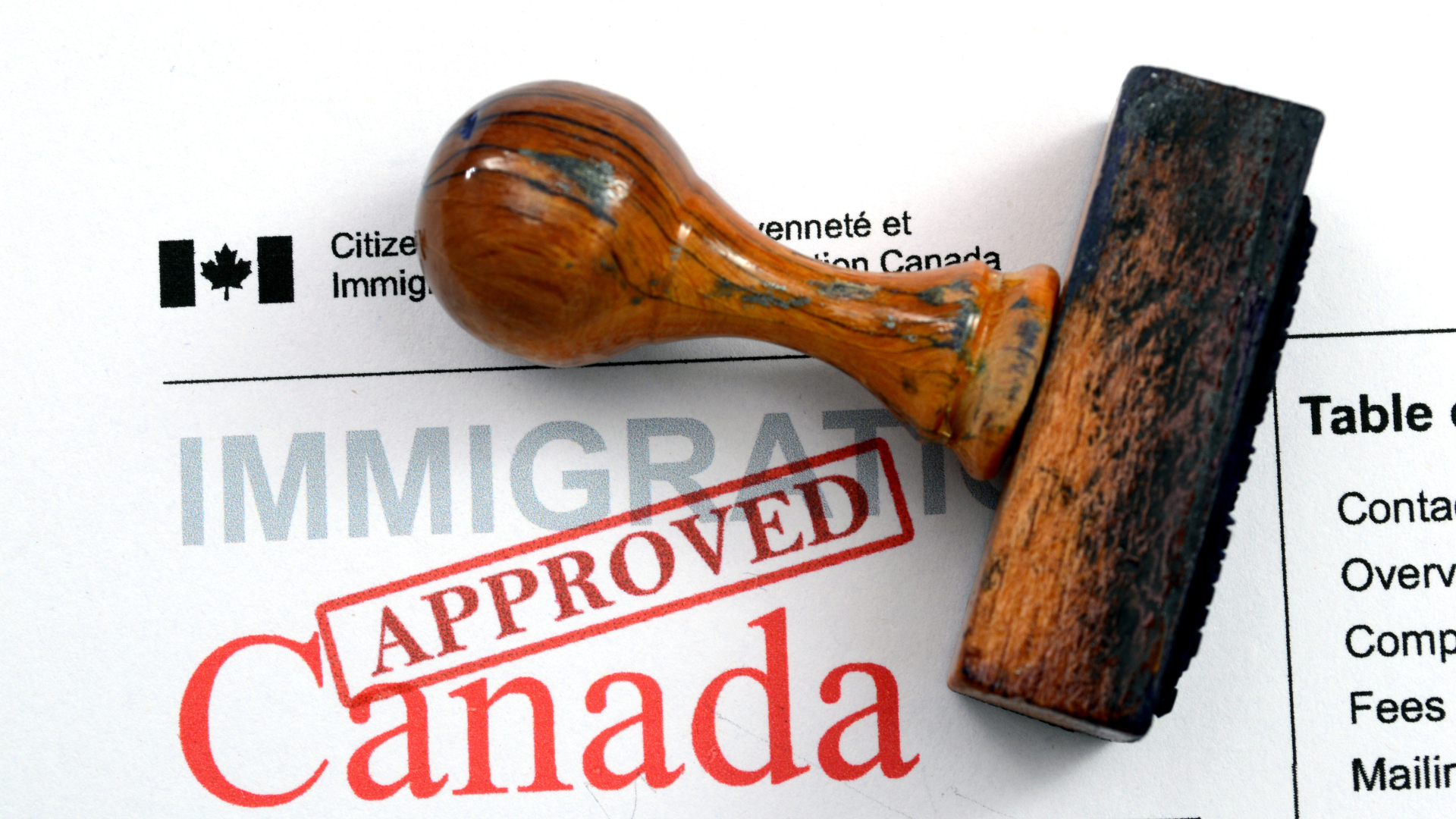Exciting Developments in Canada's Express Entry System in 2023: A Comprehensive Overview

2023: A Year of Notable Changes in Express Entry
The year 2023 marked a pivotal phase for Canada's Express Entry system, witnessing substantial modifications and trends. Post an 18-month break, the system resumed its regular draws, closely mirroring the patterns set in 2022. This year's highlight was the remarkable number of invitations - over 21,000 across four draws in March, a record second to the highest monthly invites ever.
Introduction of New Categories in Express Entry
A significant shift occurred in May 2023. Following the June 2022 amendment to the Immigrant and Refugee Protection Act, Immigration Refugees and Citizenship Canada (IRCC) unveiled six new categories for Express Entry. These categories strategically target sectors crucial to bolstering Canada's labour market and economy, including healthcare, STEM, trades, transportation, agriculture, agri-food, and candidates with strong French skills.
The first
of these targeted draws kicked off in June, focusing on healthcare
professionals. Since then, more than 16,000 candidates have been selected under
these specialized categories.
Diverse Draw Types and Comprehensive Ranking System (CRS) Scores
In 2023, Express Entry saw a mix of draw types: 19 all-program, 5 PNP-only, one FSW-only, and 17 category-based. Most invitations went to candidates with CRS scores between 451-500 and 501-600, showcasing a diverse range of qualifications and experiences.
The
all-program draws fluctuated, with the lowest CRS at 481 and the highest at
561. In contrast, PNP-only draws varied from a high of 791 CRS to a low of 691.
Draw Frequency and Future Projections
The draw schedule experienced shifts, especially with the new category-based selections. The year ended with a flurry of activity in December, with the highest draw concentration. Interestingly, there was a brief pause in draws between October and December, likely due to administrative factors.
As we
look towards 2024, the Immigration Levels Plan sets an ambitious target of admitting
110,000 new permanent residents through Express Entry. Despite a lower target
in 2023, IRCC issued many invitations, suggesting a busy year ahead for
processing these applications. The selection categories are subject to change
based on annual reports and feedback, ensuring the system aligns with Canada's
evolving economic needs.
In Conclusion
The Express Entry system in 2023 has been dynamic, reflecting Canada's commitment to adapting its immigration policies to meet the country's workforce demands. These changes create diverse opportunities for prospective immigrants and contribute to Canada's economic growth and cultural diversity. As we anticipate further developments in 2024, it's clear that Canada's immigration landscape continues to evolve, promising exciting opportunities for those seeking to call it home.
Understanding Canadian Job
Offers: Temporary vs. Permanent
The Two Paths of Canadian Employment: Temporary and Permanent Offers
Navigating the Canadian job market can be a journey filled with choices, primarily between two types of job offers: temporary and permanent. Each path offers distinct opportunities and processes, especially for those exploring Canadian immigration.
Permanent Job Offers: A Gateway to Long-term Opportunities
A permanent job offer in Canada is essentially an open-ended employment proposal. It becomes actionable once you've secured a Canadian immigration visa. Their role in the Express Entry system makes permanent job offers particularly appealing. If your job offer is backed by a Labour Market Impact Assessment (LMIA), you could earn an additional 50 to 200 points in the Comprehensive Ranking System (CRS), boosting your chances of receiving an Invitation to Apply (ITA) for permanent residency. This pathway allows you to live and work in Canada and opens doors to sponsor family members for Canadian permanent residency and pursue Canadian citizenship after three years.
Temporary Job Offers: A Fast Track to Working in Canada
Temporary job offers, on the other hand, are for a fixed term - think six months or a year. The key to beginning work under this offer is obtaining a Temporary Work Permit. This route is often the quickest way to enter and start working in Canada, with IRCC’s processing standards for work permits at about 60 days. An added perk is the potential transition from a temporary role to a permanent position, which can be considered arranged employment under the Federal Skilled Worker Program (FSWP), adding valuable points to your CRS score.
Balancing Temporary Work Permits and Canadian Immigration
Canadian immigration policy embraces the 'dual intent' concept, allowing you to apply for both permanent and temporary status. This means you can express your intention to stay temporarily and also pursue permanent residency simultaneously, a flexibility that underscores Canada’s inclusive approach to immigration.
Spotting Fake Job Offers: Safeguarding Against Scams
In your job hunt, vigilance is critical. Genuine job offers typically stem from your applications or networking efforts. Be wary of unsolicited offers, especially those with vague requirements or promises of high salaries. Pay close attention to email addresses, and remember, legitimate job offers do not require payment or personal information like your Social Insurance Number upfront.
Conclusion: Choosing Your Path in the Canadian Job Market
Whether you opt for a temporary or permanent job offer in Canada, each has advantages and pathways to enrich your professional and personal life in this diverse country. As you navigate these options, stay informed and be cautious of potential scams, ensuring your journey into the Canadian job market is successful and secure.





